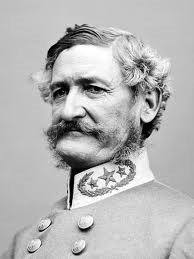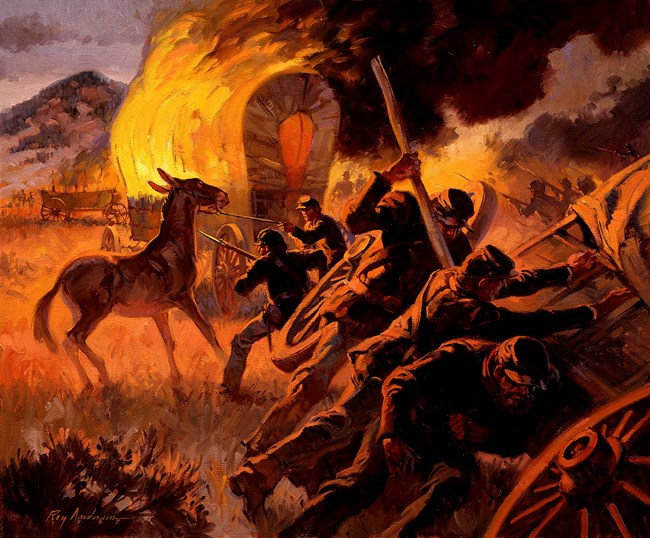
Photo: Palace of the Governors Neg. 050541 Although many associate the Civil War with eastern battlefields like Antietam or the Wilderness, the fight over slavery in the United States extended much further west. In March of 1862, the war brought a battle to Glorieta Pass. Some refer to the battle as the Gettysburg of the West due to its overall significance to the war. The Confederates campaigned to take control of the West, which would have greatly improved their chances of success. However, in just three days of tough fighting, the Union Army ruined the Confederate plans and sent them retreating back southwards.
The Confederate Plans
|
Last updated: August 14, 2025



